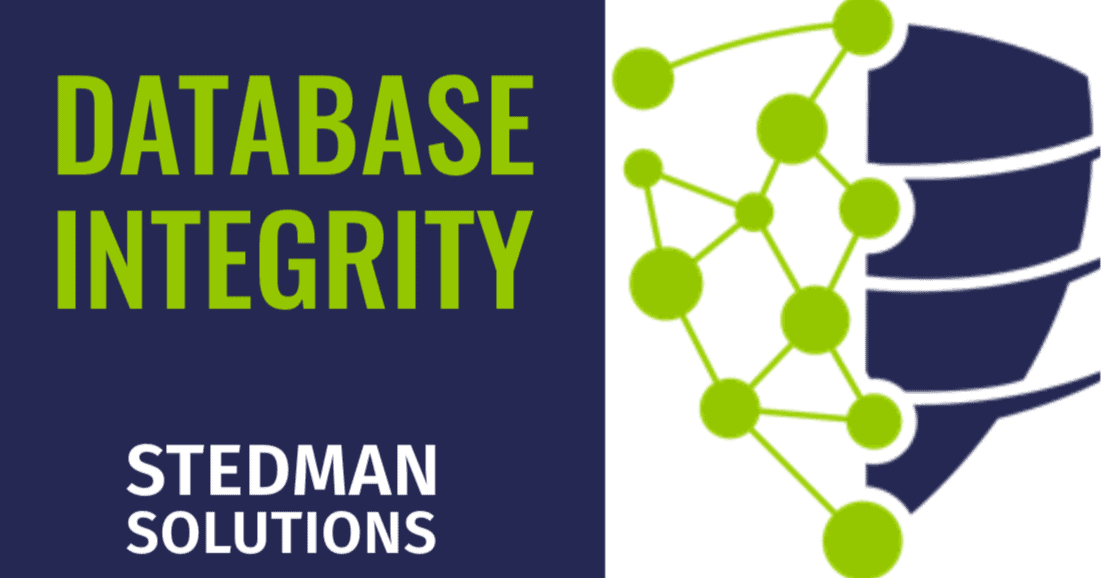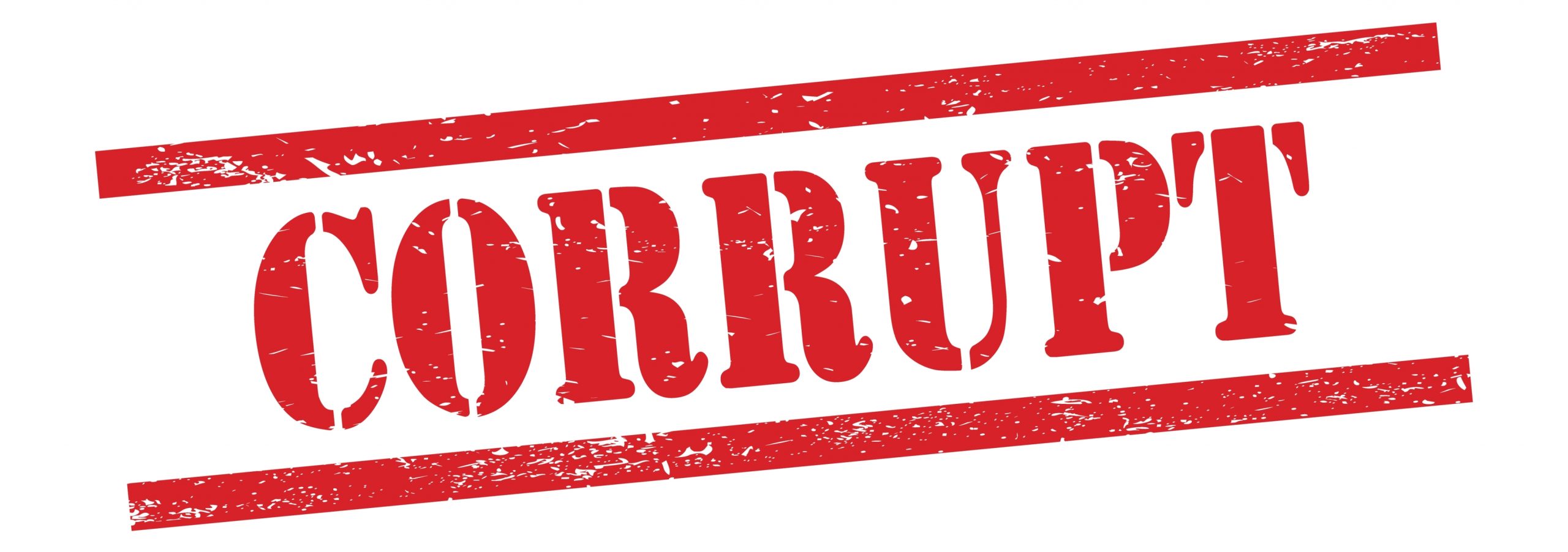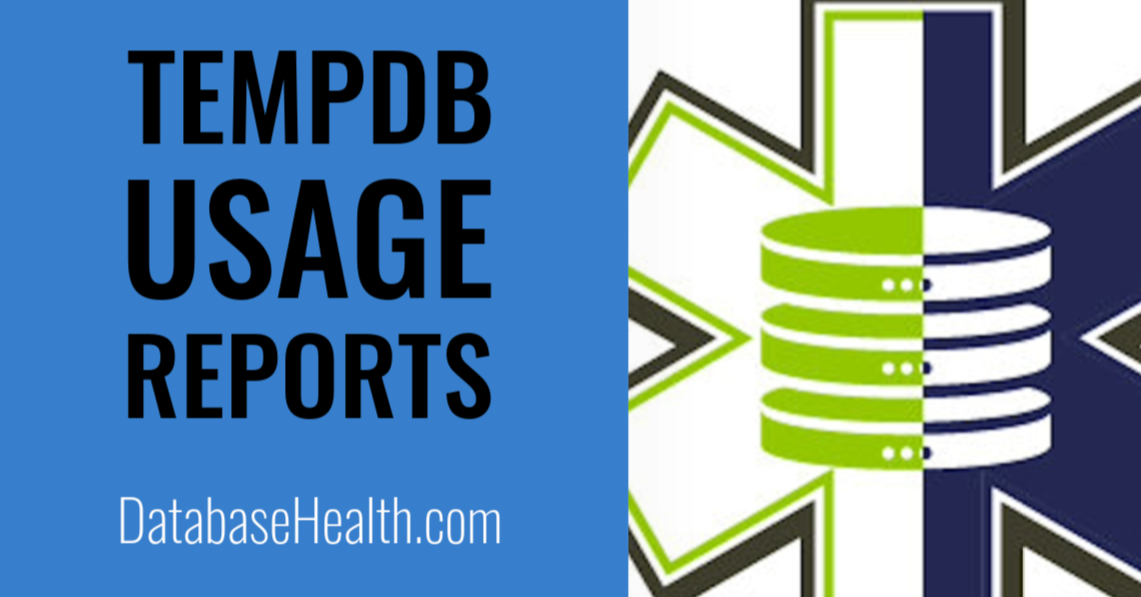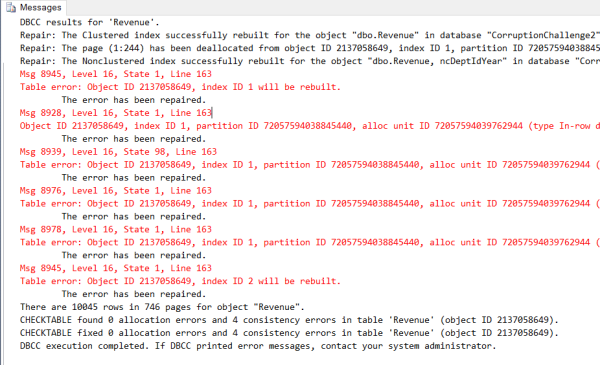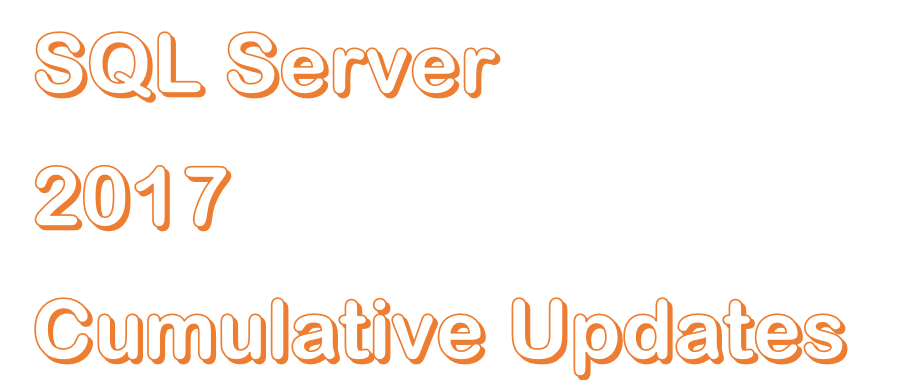DBCC CheckTable
Being day seven of the DBCC Command month at SteveStedman.com, today’s featured DBCC Command is DBCC CHECKTABLE. Description: DBCC CheckTable is used to check the structure of a table to verify the integrity of every data page associated with that table, and all of the indexes associated with that table. If you have used DBCC CheckDB, and a problem has …
